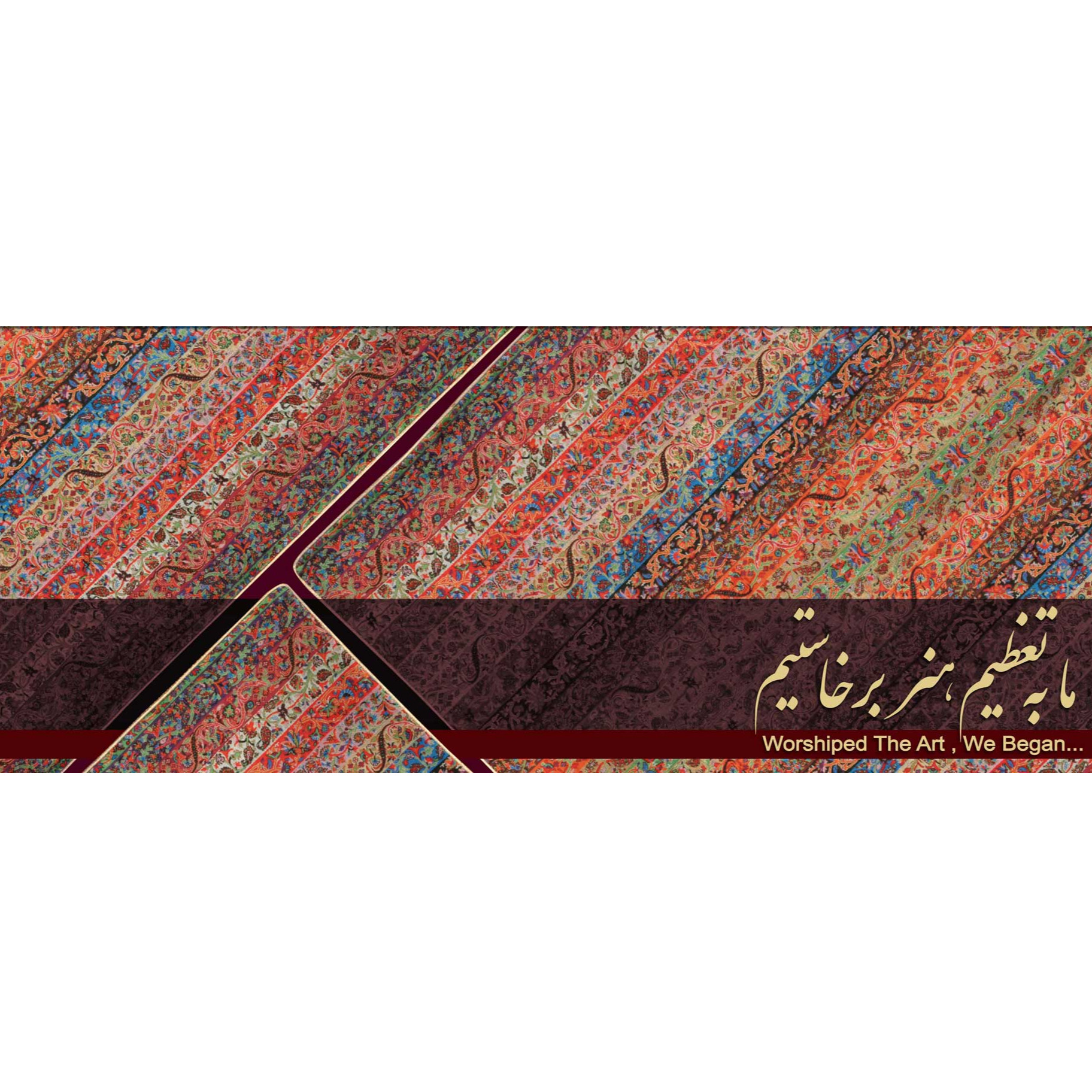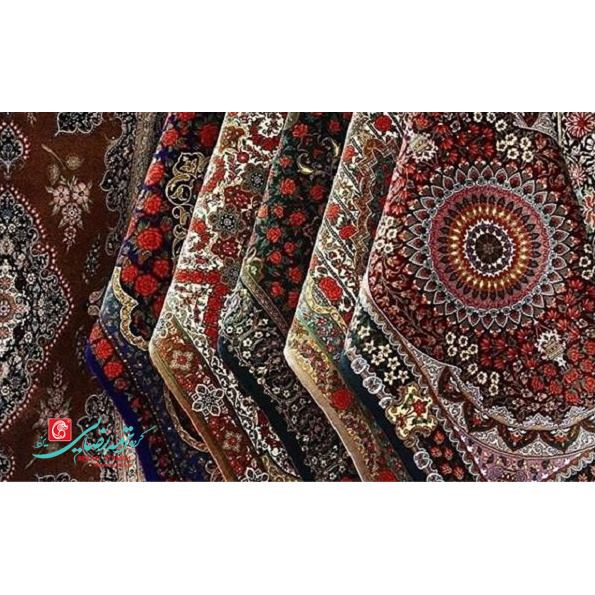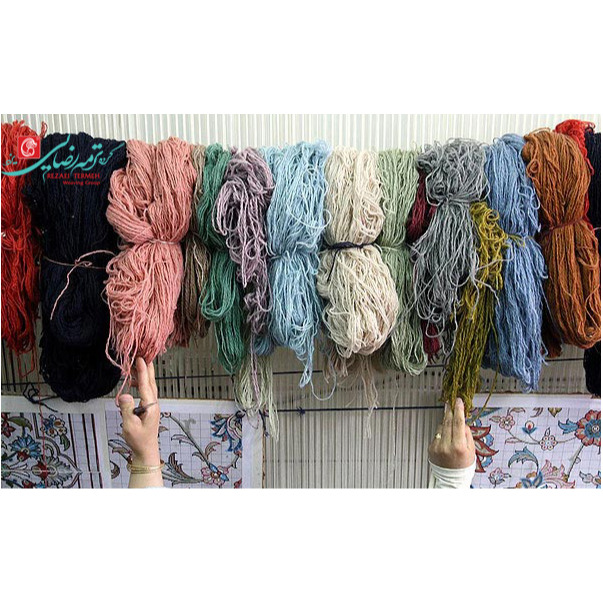باشگاه مشتریان
Preserving Iranian Art in the Story of the Zoroastrian Immigration to India
In the discussion of the origin of karma-weaving, it was noted that after Islam in the 2nd AH century, some Iranian Zoroastrians migrated to India, where they became known as "Parsian". Among these immigrants were woven fabrics that brought the Sassanid designs and common techniques of Iranian knitting to India and spread it there. Many researchers conclude that Terme is a continuation of the Iranian tradition in India and the result of the efforts of these immigrants.
2019-07-09 11:07:41
Weaving cloth in Safavid era
The luxurious lull of the Safavid kings and the princes increased the demand for expensive fabrics, making it the ultimate development in the art of woven fabrics. The last king of the Safavid, Sultan Hussein, liked the vibrant life so much that he devoured himself in a variety of beautiful fabrics.
2019-07-09 11:05:49
Shawl in Kerman
Shawl in Kerman Shawl weaving in Kerman is one of the most important knitting artifacts in the past. Before weaving the carpet, the people of Kerman wore scarves, and the old carpet designs of Kerman were adapted from the shawl designs of the region. The spreading of the beauty industry in Kerman and the great acceptance of this product led to the creation of a huge body of this class in the Kerman community, to the extent that two thirds of Kerman's people lived in the shawl industry.
2019-07-09 11:04:03






